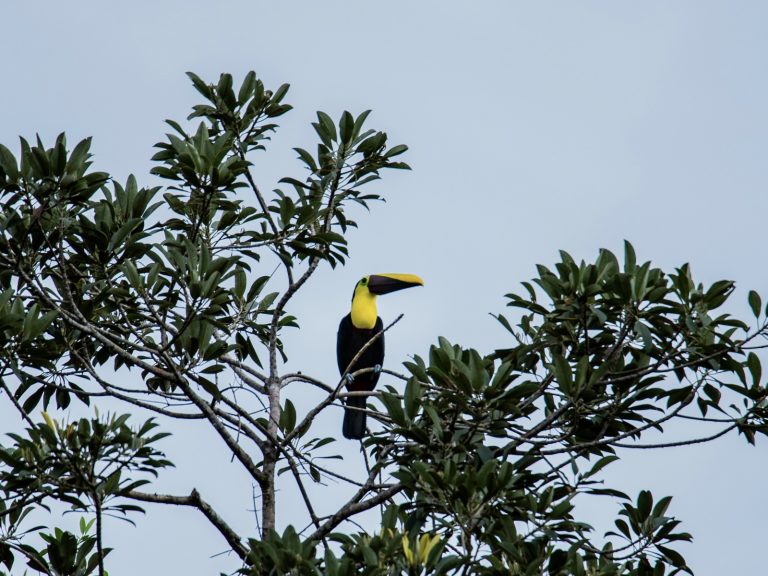Why is it biologically important to preserve the Chocoan rainforest?
By Inge Ambrecht, PHD Professor at Universidad de Valle
The Chocoan rain forest
is unique in the world. It is a biogeographical center in one of the most
biodiverse countries and regions of the world (Brown 1991). It presents high
levels of wildlife endemisms, which means that many of the species inhabiting
the forest will completely disappear from the world if they are locally damaged
to extinction.
Alwin Gentry, one of the most famous botanists in the world, studied the floristic composition of the Colombian Chocó, and concluded that this is a region with an unusually high endemism, in that time he considered this forest as the community with the highest richness in plant species in the world with 262 species in one tenth of a hectare. This variety of plants host a high faunistic community as well, and unique specialized relationships among living things. For example, in 1997, Armbrecht and Armbrecht noted a spatio-temporal behavior of ant species in the forest which was compatible with the ant mosaic hypothesis. Further on, Alvarez et al. (2001) demonstrated that Melastomatacean Tococa shrubs and their inhabitant tiny ants (from several species) protect each other in such way that the plants would perish without their ant hosts. In other words, their leaves would be eaten out by herbivores without the protection from the ants. Armbrecht et al. (2001) found that this primary forest serves as the scenario of a tridimensional ant mosaic, which modulates the biodiversity of other ant species and probably fauna and flora of this habitat.
In short, the unique ecosystem in the Chocoan forest has evolved for millions of years, in delicate complex ways which could be suddenly whipped out by human action. This damage is impossible to restore, since the fragility of these ecosystem is extreme, once the damage occurs, the composition, structure and function of the ecosystem will never be the same again.
